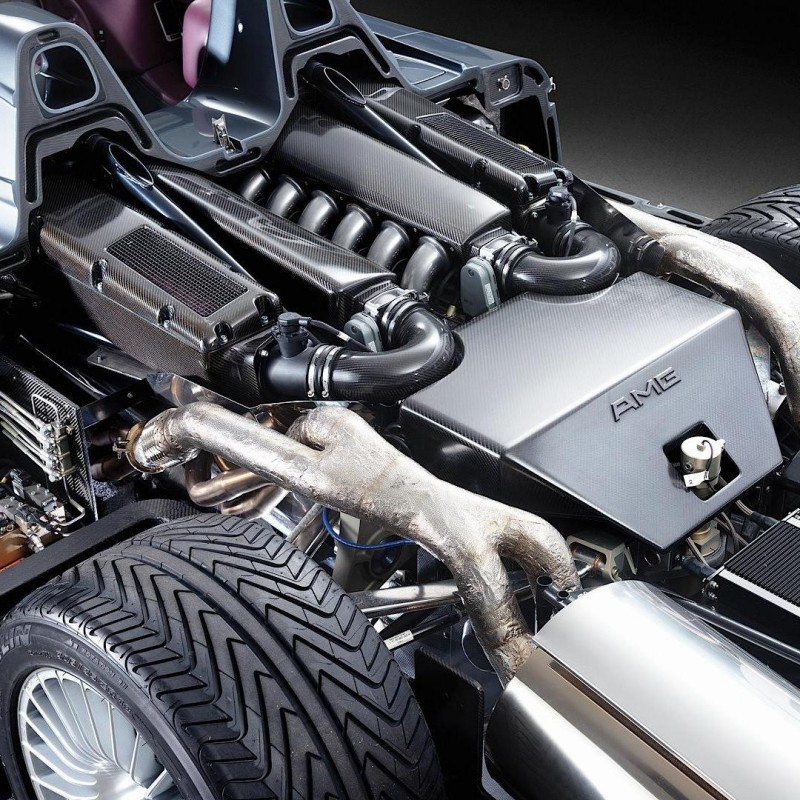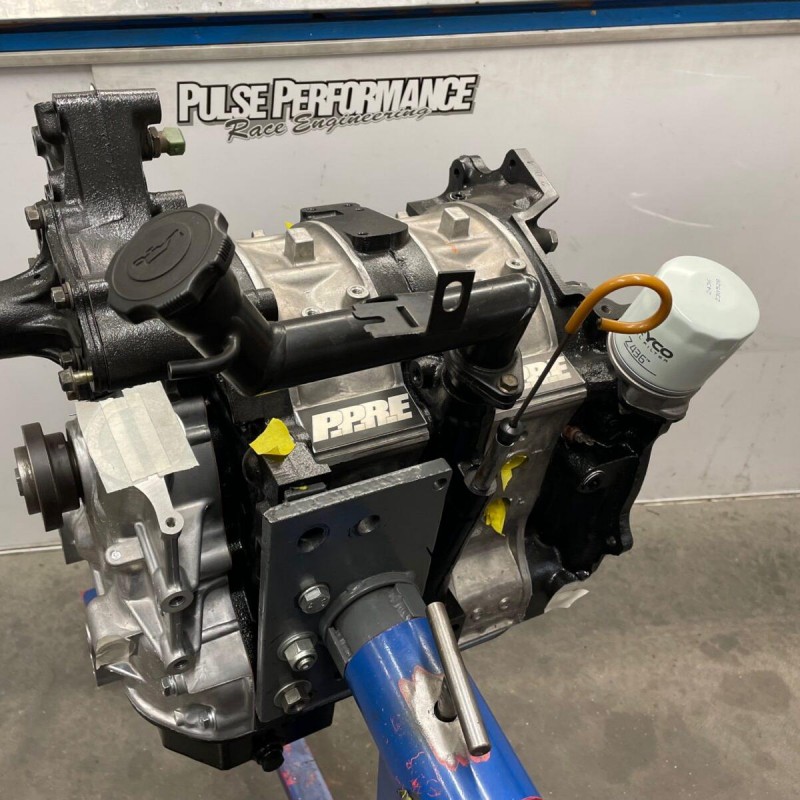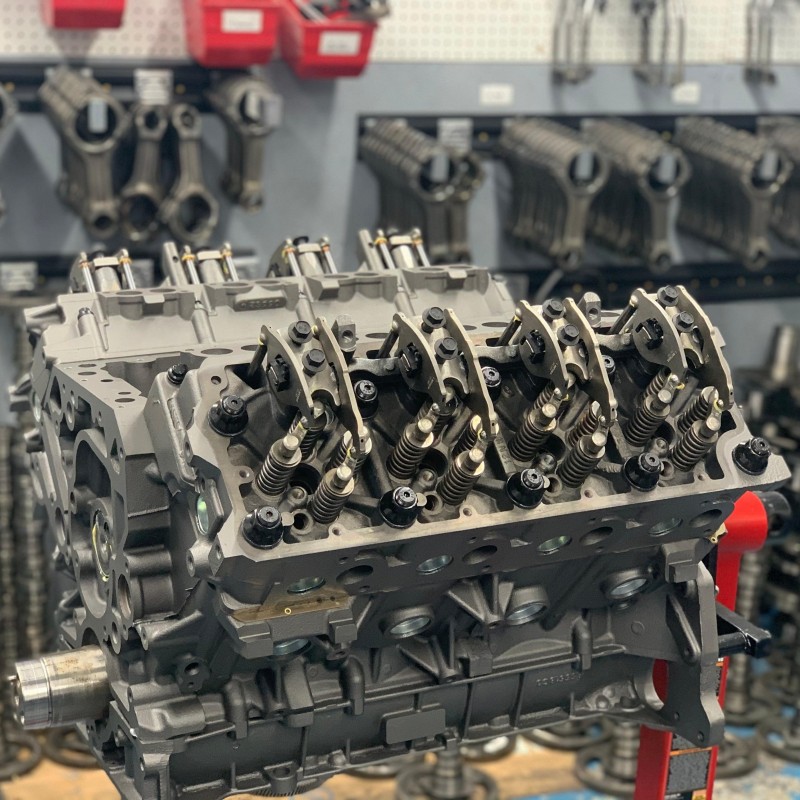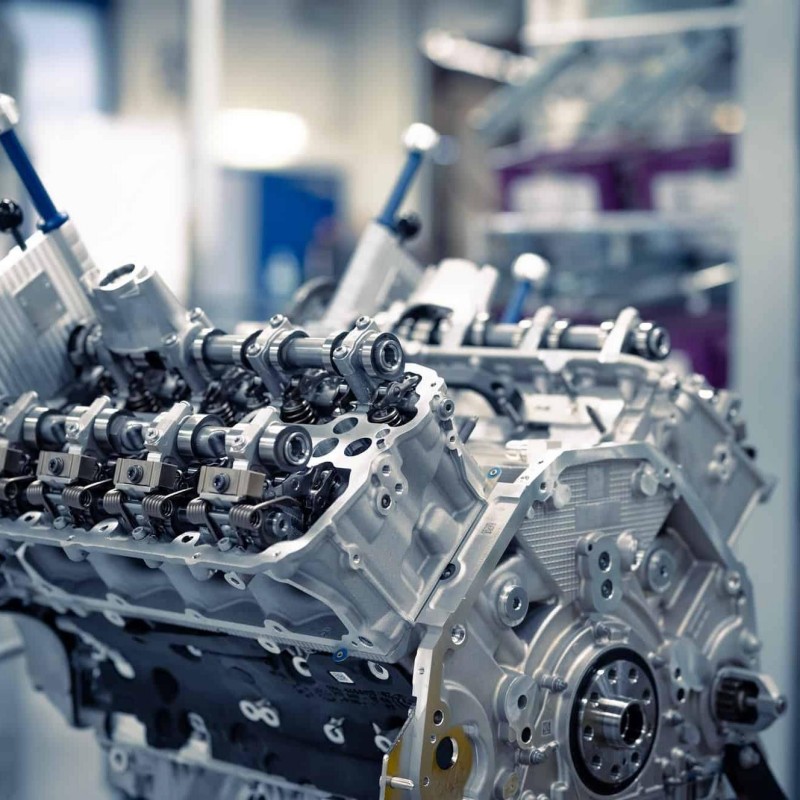When you encounter the message “engine power reduced” while driving, it can be alarming. This indicator typically signals that your vehicle’s engine control unit (ECU) has detected a problem affecting the engine’s performance and has intentionally limited its power output. Essentially, this is a precautionary measure designed to protect critical engine components from damage or failures to ensure your safety while driving. Understanding what does it mean when engine power is reduced can help you take appropriate actions and prevent further complications. In this comprehensive guide, we will explore the potential causes behind a power reduction, the symptoms you may experience, and the recommended solutions to rectify the issue. From common sensor-related problems to more severe mechanical failures, gaining insight into this topic is crucial for any vehicle owner aiming to maintain their car’s performance and longevity.
What Does “Engine Power Reduced” Indicate?
When the phrase “engine power reduced” appears, it usually stems from a complex interplay of systems within the vehicle. This section defines the issue and provides insight into its operational context.
Definition of Reduced Engine Power
Reduced engine power refers to a state in which the vehicle’s engine cannot produce its optimal output. The engine’s electronic control unit (ECU)—the vehicle’s brain—monitors various parameters including performance metrics, sensor readings, and environmental factors. If the ECU detects a fault that could compromise engine safety or efficiency, it activates the reduced power mode as a defensive measure. This results in decreased horsepower and torque, leading to sluggish performance despite pressing the accelerator.
How the ECU Monitors Engine Performance
The ECU continuously acquires data from many sensors to evaluate engine condition. Some of these critical sensors include:
- Mass Airflow Sensor (MAF): Measures the amount of air entering the engine.
- Throttle Position Sensor (TPS): Determines how much the throttle is open.
- Oxygen Sensor: Monitors the amount of oxygen in the exhaust gases.
- Engine Coolant Temperature Sensor: Gauges the temperature of the engine coolant.
When any of these sensors indicate a problem, the ECU can trigger reduced power mode to protect the engine from severe damage, thus prioritizing safety over performance.
Signs That Might Accompany the Message
When your vehicle’s display shows “engine power reduced,” you might notice other signs indicating engine issues, such as:
- Check Engine Light: Often triggered alongside the reduced power message.
- Sluggish Acceleration: The vehicle fails to respond promptly to acceleration inputs.
- Unusual Noises: Listen for knocking, backfiring, or other unexpected sounds from the engine.
- Poor Fuel Efficiency: A noticeable drop in fuel economy may also occur.
Recognizing these signs can aid in promptly addressing the underlying issue.
Common Causes of Reduced Engine Power
Various problems can lead to a reduction in engine power. Understanding these causes can help you identify the situation and seek the appropriate solutions.
Faulty Sensors
Sensor malfunctions are among the most common reasons for engine power reduction. If a sensor fails or sends incorrect readings to the ECU, it may trigger reduced power mode.
- Mass Airflow Sensor (MAF) Issues: A malfunctioning MAF sensor can cause the engine to run lean or rich, leading to reduced power.
- Throttle Position Sensor (TPS) Problems: If the TPS is faulty, the ECU may misinterpret the throttle position, restricting engine power unexpectedly.
- Oxygen Sensor Failures: These sensors play a vital role in controlling the air-fuel mixture. A failing oxygen sensor can send incorrect signals to the ECU, affecting engine performance.
Issues with the Fuel System
The fuel system is integral to optimal engine performance. Problems within this system can lead to a significant reduction in power.
- Fuel Pump Failures: A weak or failing fuel pump may not deliver enough fuel to the engine, resulting in power loss.
- Clogged Fuel Filters: Dirty fuel filters can restrict fuel flow, causing a lean condition.
- Fuel Injector Problems: Malfunctioning or clogged injectors can lead to poor fuel delivery, impacting performance.
Engine Mechanical Problems
Engine power reduction may also occur due to underlying mechanical issues that directly affect the engine’s functionality:
- Worn Piston Rings: Worn or damaged piston rings can lead to blow-by, affecting compression and power.
- Timing Belt or Chain Problems: If the timing is off due to belt or chain issues, it can cause improper combustion and reduce power output.
Electrical System Irregularities
Electrical problems within the vehicle can also influence engine performance.
- Weak Battery: A weak battery can affect starter motor performance and prevent proper vehicle functioning.
- Faulty ECM/ECU: If the engine control module (ECM) or ECU malfunctions, it may fail to process data accurately, impacting engine operation.
Exhaust System Blockages
The exhaust system plays a critical role in engine performance. A blockage can severely restrict airflow and lead to engine power reduction.
- Clogged Catalytic Converter: A clogged catalytic converter can create back pressure, causing inefficiencies in the exhaust system.
- Exhaust Leaks: Leaks can affect sensor readings and overall engine operation, translating to reduced power.
By understanding these common causes of engine power reduction, drivers can identify issues more effectively and act accordingly.
Diagnosing the “Engine Power Reduced” Message
When confronted with the “engine power reduced” message, taking efficient steps to diagnose the underlying issue is essential. Here are proactive steps you can take.
Step-by-Step Diagnosis Process
- Check for Warning Lights: Always examine the dashboard for any warning lights, especially the check engine light. The combination of these lights can provide helpful clues about the problem.
- Use an OBD-II Scanner: Connect an OBD-II scanner to retrieve diagnostic trouble codes (DTCs). This valuable data can point to specific issues within the engine or related components.
- Assess Sensor Functionality: Inspect the relevant sensors, such as the MAF and TPS. These sensors can be tested using a multimeter to ensure proper voltage and resistance readings.
- Evaluate Fuel System Components: Examine the fuel pump and filters to ensure they maintain pressure and are functioning correctly. Replace clogged filters, if necessary.
- Inspect Mechanical Elements: Perform a visual check of the engine for any visible wear or damage. Monitor for leaks, damages to the timing belt, or other components that may need attention.
- Examine Electrical Connections: Inspect the vehicle’s electrical system, including checking battery voltages and wiring integrity. Replacing deteriorated connectors can restore proper electrical flow.
By following this process, you can accurately diagnose the source of the “engine power reduced” message and take appropriate actions.
Common Diagnostic Tools
Having the right tools can simplify the diagnostic process and help pinpoint issues more effectively. Some critical tools include:
- OBD-II Scanner: As mentioned, this is vital for reading codes and live data for diagnostics.
- Multimeter: Used for testing voltage, which is essential for evaluating sensors.
- Compression Tester: Measures cylinder compression to identify internal engine problems.
- Fuel Pressure Gauge: Checks fuel pressure to ensure proper delivery.
Investing in these tools can empower you to perform your diagnostics more accurately.
Solutions and Repairs for Reduced Engine Power
Once the underlying issue behind your engine power reduction has been accurately diagnosed, knowing the appropriate solutions is critical for restoring optimal engine performance.
Sensor Replacements and Repairs
If faulty sensors are identified as the cause of engine power reduction, consider the following actions:
- Replace the Malfunctioning Sensor: If a sensor, like the MAF or TPS, is failing, replacing it will often resolve the issue.
- Recalibrate the Sensor: In some cases, recalibrating or resetting the sensor can restore proper function.
Address Fuel System Issues
If the diagnostic investigation highlights problems in your fuel system, there are several potential solutions:
- Replace Fuel Filters: Regularly replacing clogged fuel filters will ensure unimpeded fuel flow and performance.
- Inspect and Replace the Fuel Pump: If the fuel pump is weak or damaged, installing a new pump is necessary for proper operation.
Mechanical Repairs
Should mechanical issues be determined as the source of reduced power, corrective steps include:
- Repair or Replace Piston Rings: Repairing worn piston rings or replacing them will restore engine compression.
- Fix Timing Belts and Chains: Ensure that timing belts and chains are adjusted or replaced if they are found to be off timing.
Address Electrical Concerns
Fixing electrical problems often involves:
- Battery Replacement: If a weak battery is detected, replacing it will provide the necessary power for smooth engine operation.
- Repairing Wiring or Connectors: Ensuring that all electrical connections are secure and properly insulated can resolve many issues related to reduced power.
Exhaust System Solutions
If the diagnostics lead to exhaust system issues, your solutions may include:
- Replacing the Catalytic Converter: If the converter is clogged, a replacement is essential to restore normal exhaust flow.
- Sealing or Repairing Exhaust Leaks: Ensure that any leaks in the exhaust system are properly sealed to avoid issues related to performance.
By implementing these solutions and conducting necessary repairs, you can effectively address engine power reduction, restoring your vehicle to optimal performance.
Preventative Measures for Engine Power Reduction
Preventing engine power reduction from occurring in the first place is invaluable for any vehicle owner. Here are some key preventative measures to keep in mind.
Regular Maintenance
Maintaining your vehicle with regular service intervals is one of the most effective ways to ensure that it runs smoothly.
- Oil Changes: Regularly changing the oil and oil filter can prevent engine wear and tear, extending engine life.
- Fluid Checks: Consistently monitoring and replenishing fluids—such as coolant and transmission fluid—prevents overheating and mechanical failures.
Scheduling Diagnostics
Regular diagnostics, conducted through a certified mechanic when warranted, can identify potential issues before they lead to engine power reduction. Early detection is crucial for avoiding more significant problems.
Driving Habits
Your driving style can influence engine performance significantly. Implementing safer driving habits is essential:
- Avoid Rapid Acceleration: Gentle acceleration and braking can help minimize stress on the engine and transmission.
- Monitor Driving Conditions: Be mindful of driving conditions. In extreme temperatures, ensure adequate coolant levels and that the engine can perform optimally.
Utilizing Quality Fuel
Using high-quality fuel can impact engine performance significantly. Opting for fuel that meets your vehicle’s specifications will ensure optimal combustion and overall efficiency. Differentiating between regular and premium fuel can also affect engine performance, depending on your car’s design.
Keeping Sensors Clean
Keeping sensors such as the MAF clean can prevent performance issues. Over time, dirt and debris can hinder their performance, leading to incorrect readings that trigger power reduction.
Awareness of Warning Signs
By being vigilant about warning signs, you can be proactive in addressing issues. Monitor your dashboard for warning lights and address any irregularities proactively.
By taking these preventive measures, you will significantly reduce the likelihood of encountering engine power reductions during your driving experiences.

Conclusion
Understanding what it means when engine power is reduced is critical for any vehicle owner or driver. This issue can arise from a range of factors, from faulty sensors to mechanical problems within the engine. However, through prompt diagnostics and appropriate repairs, you can restore your vehicle’s performance and maintain its longevity.
Engine diagnostics play a vital role in identifying the symptoms of engine power reduction. By utilizing the right tools and following a systematic diagnostic process, you can pinpoint issues before they escalate. Regular maintenance and preventive measures will further enhance your vehicle’s functionality, ensuring that engine problems are caught early.
As automotive technology continues to evolve, embracing these developments will help improve driving experiences significantly. By staying informed and proactive about engine diagnostics, you can promote safety and efficiency on the road, ultimately preserving the lifespan of your vehicle.



